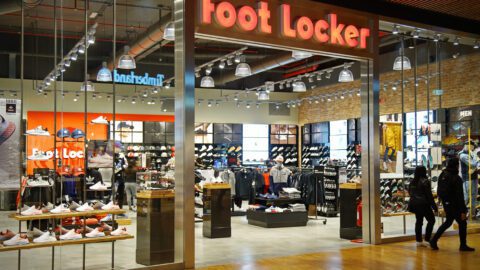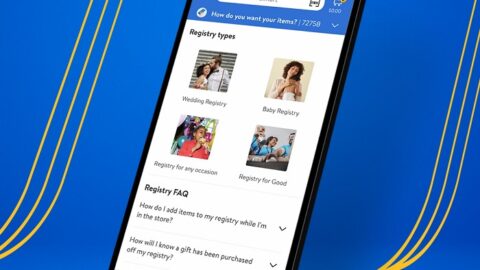By Paul Alfieri, VP Corporate Marketing and Communications, Limelight Networks, Inc.
It’s hard to believe, but the holiday shopping season is upon us. And while Internet traffic peaks are still weeks away, early shoppers have their credit cards at the ready and are hunting the best steals and deals online. There’s no better time than now to make sure your business is prepared to attract and convert buyers on the web this holiday season. Here are 5 tips to get you started.
1. Show Your Best Side.
Static web sites are so 1995. Research shows that rich media is important not only for attracting attention, but for converting potential customers into buyers. Dynamic Logic found that video increases consumer purchase intent more than any other online format. In one example, Overstock has said it plans to have videos for every product on its site by year’s end. And rich media doesn’t stop with video. Interactive apps allow consumers to customize product photos, 360-degree views and virtual tours are proliferating, and even virtual fitting rooms have started to appear. All of these features engage consumers in ways that weren’t possible just a few short years ago. Use them to your advantage.
2. Load Test Your Infrastructure
Worried about how your rich-media site will hold up under the pressure of heavy traffic loads? The best way to ensure flawless operation during traffic spikes is to put your infrastructure to the test ahead of time. Don’t sit back, cross your fingers and wait for Black Friday to arrive. Test your servers to see if they can handle the load, and if not, consider outsourcing the job for a little extra help. Content delivery networks are specifically designed to support traffic spikes, so you get the added heft when you need it, without having to pay for extra bandwidth when traffic slows.
3. Compress Everything
One way to ensure better website performance when the traffic rolls in is to compress every little object on your site. Don’t just compress the large files. Even compressing a 100K javascript can help you squeeze out better performance. Consumers have very little patience, and they won’t stick around if your site doesn’t provide the instant gratification they crave. GZIP offers a free, open-source solution for compression and decompression. Apply liberally.
4. Optimize Your Code
The visual layout of your web site impacts how consumers browse and buy your wares, but your underlying code is equally critical to the online retail experience. For example, you can speed up page delivery by combining scripts and style sheets, splitting objects across different domains based on how often they’re updated (i.e. logos rarely change), and optimizing your site’s search function. Page performance is important not only when consumers get to your site, but also when they’re trying to find it. Just this year Google started including site performance metrics in its PageRank algorithm. Want better Google juice? It’s all in your code.
5. Go Mobile
2010 is the year of mobile. Sales of smartphones and tablets have skyrocketed, and if your site isn’t ready for mobile access, you’re missing out on a huge audience of potential customers. According to the Pew Research Center, 65% of consumers aged 18 to 29 are now accessing the Internet on a mobile device. And unfortunately, they’re not doing it on a one-size-fits-all platform either. You can make sure your site is optimized for mobile by testing it across the wide range of devices and operating systems available, or by handing the task over to a mobile expert. In either case, make sure all the hard work you’ve done on your site translates for today’s on-the-go consumers. Because where the Internet is concerned, you can take it with you.
Paul Alfieri is Vice President, Corporate Marketing and Communications, for Limelight Networks, Inc. In this role, he leads a worldwide team responsible for developing customer relationships, enhancing the company’s reputation, and communicating with key financial and industry audiences. Prior to joining Limelight Networks, Paul held a variety of corporate communications positions at Motorola, Inc. As head of consumer communications, he led the global introduction of over 100 mobile devices, including the much-anticipated RAZR2. As head of communications for the broadband sector, he introduced the world’s first high-definition digital video recorder, oversaw integration communications for over 15 acquisitions, and won two Billboard® Music Awards for the successful launch of the company’s iRadio music service.












